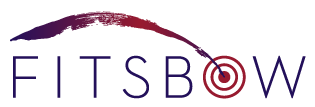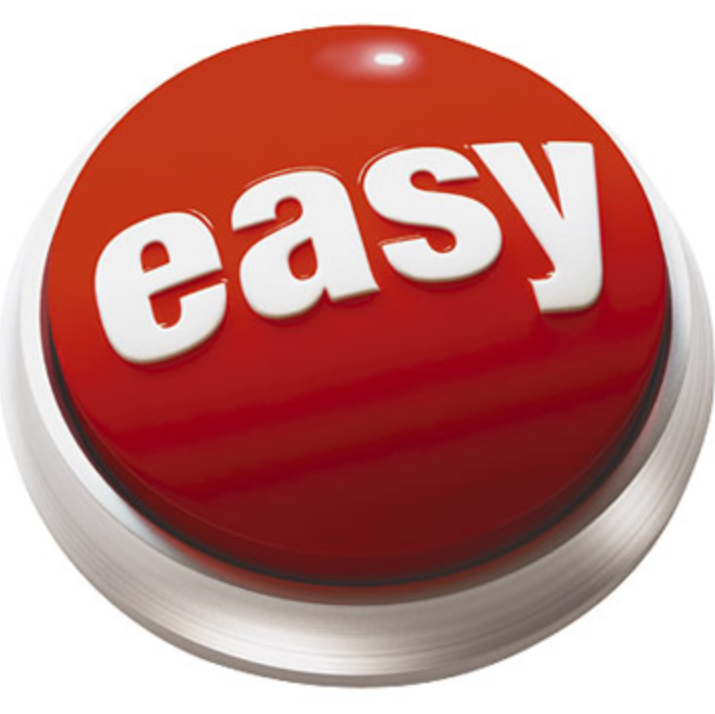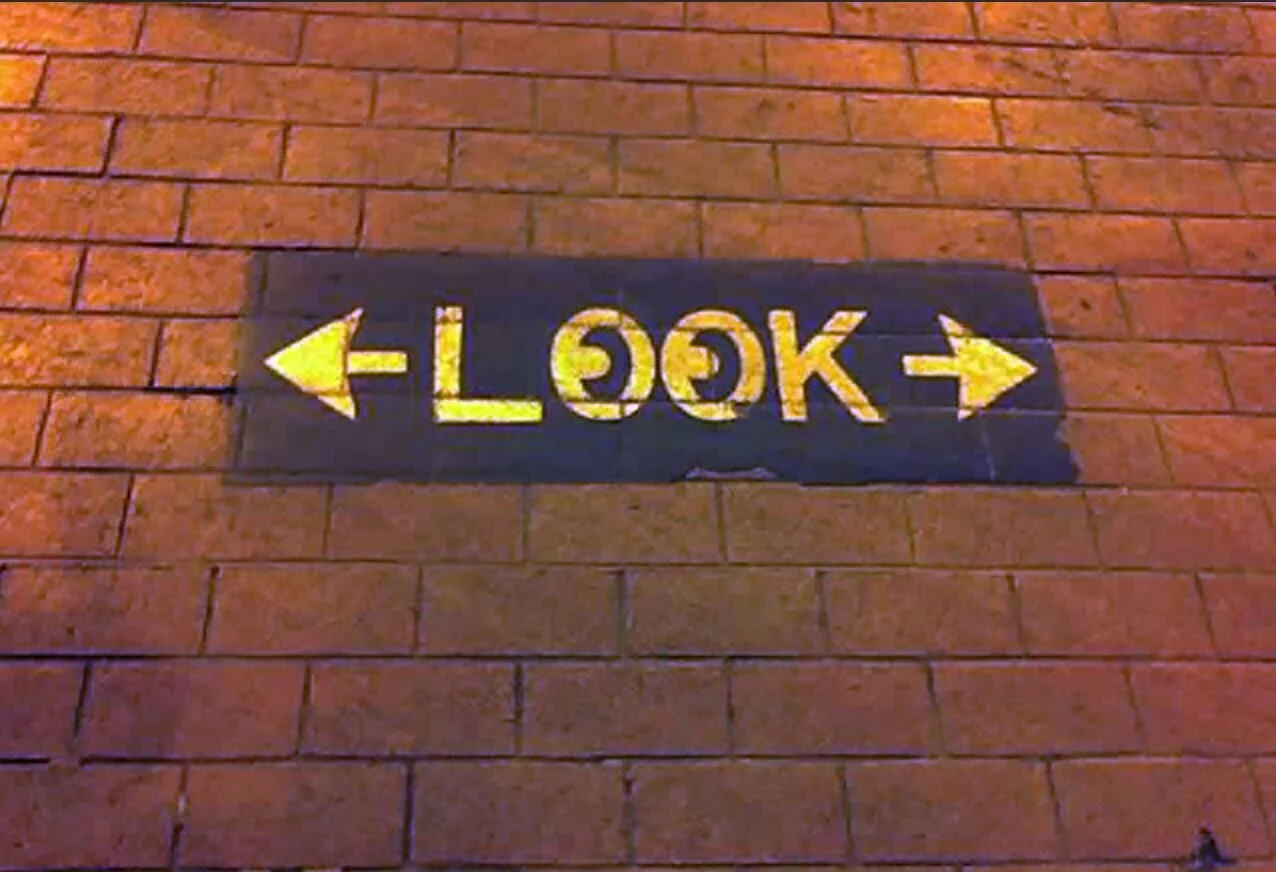3 Stories and 2 Lists to Simplify Your Job Search
/Simple is better and this applies to job transition. Following is the simplified version of applying process to job search that I have successfully used with thousands of clients.
There are three sets of stories and two lists that you need to have to be well prepared to market yourself into a new position. Your stories should include a good “target” story, strong stories that are good illustrations of your accomplishments, and a transition message/story that explains your change.
The two lists you need are your network list and your target company list.
TARGET STORIES--The first and most important thing you need to prepare for transition or growth is a defined target. Your target message needs to include a brief background (credibility), your best strengths, skills, and what you get excited about (conviction), and specific roles/industries/companies you are pursuing (clarity).
- You need to have the 30 second “elevator” version, and the 1-2 minute expanded version to use in networking meetings and job interviews.
- This target message maps directly to your LinkedIn summary and the top half (summary section) of your resume.
- This expanded target story should be your goal coupled with your “Value Proposition” which is a brief description of how your skills and abilities meet your target’s requirements. It briefly includes your past, connects to your present, and projects to your future.
- Your focus needs to be on your target and not on the “rocks in the road” that are your perceived reasons why your target will be difficult to achieve—whether it be lack of education, age, gender, or anything else.
- The single biggest determining factor in successful job transition is your attitude about your possibilities, and your belief in a positive outcome. Your attitude is what will project most loudly and have the most significant impact on your listener!
ACCOMPLISHMENT ILLUSTRATIONS--The second set of stories that you need are good illustrations of your accomplishments. It is important that you differentiate accomplishments from job responsibilities.
- Responsibilities are basically your job description.
- Accomplishments are what you did with your responsibilities. They are the outcomes of the work that you did.
- Good accomplishment illustrations give depth, color, and metric to your successes and connect the listener to your story in a way that differentiates you from other candidates.
- Classic accomplishment format looks at Challenge, Action, Results—with an emphasis on the Result.
- To be well prepared for interviews you should have 8-15 good accomplishment illustrations that highlight your best strengths and can help the listener see how you can add value in their work group.
TRANSITION STORIES--Finally, you need to have a positive transition statement that shows forward growth or momentum if possible. I differentiate this part of your messaging because it is the part that can leave a negative impression on your listener if you aren't prepared and thoughtful. Most often it is part of your target message ("elevator pitch").
- Transition stories should be short, and most importantly positive.
- It is important to plan in advance what you will say about why you have changed in the past, or why you are changing now so that you don’t get caught giving information that might not be 100% positive.
- The best reasons to give for motivation for change are growth and opportunity, and/or continued improvement in aligning with best strengths.
- It is important to recognize where it is appropriate to share full information, and where it is more important to present your best image by remaining upbeat, and demonstrating forward thinking.
Your success in creating positive career change and growth for yourself is directly related to your level of preparedness. If you have a clear vision of your target job and have “built your business case” by preparing these stories, you will accomplish transition sooner and you will sell yourself into a job that is fulfilling.
To most effectively sell yourself into your next job you should have these three sets of stories and two lists. Once you have your stories down and have built your marketing materials with them you are ready to use them with the two lists that you need. The first is a list of your network contacts, and the second is a list of your target companies.
Your NETWORK LIST should begin with the people who you will ask to be your references—they will be the first people you practice your stories on and whose support you will enlist. Next will be those other people who are familiar with your industry who you have worked with or for, or who you respect. Following the people you know who are directly related to your target industry are those people that you know fairly well who might know someone in your target areas. Think creatively as you build your list and make it a lengthy as possible early on and add as you go. Remember that the statistics continues to show that most people get jobs through the people they know. The best way to connect is in person--not digitally.
The second is your TARGET COMPANY LIST which is based on your target job/industry. Do your research to identify up to ten companies you would be interested in. You can gather information about them and/or contacts in them as you meet with your network connections. As you conduct your search companies may drop off and/or be added to your list.
REMEMBER!!! When you decide to make a change, your job becomes a marketing job. Use your powerful STORIES to engage your connections on your network LISTand learn more about those "hidden" jobs possibilities in the companies on your target company LIST. You will become the expert on the requirements of your market, and learn how to present yourself as the best solution and those job offers will come to you!!





